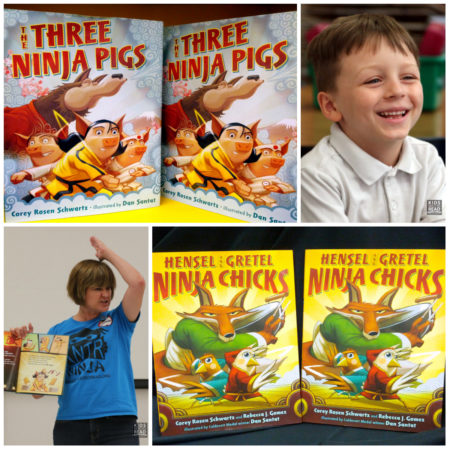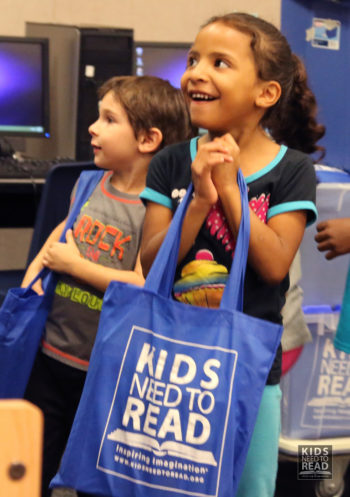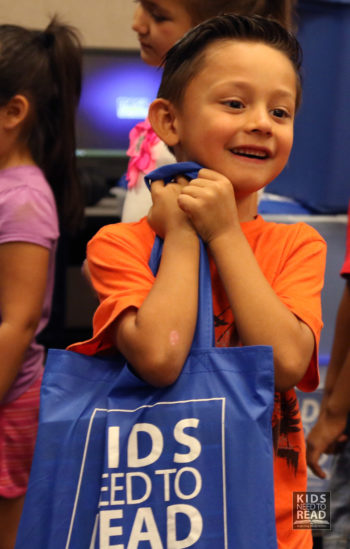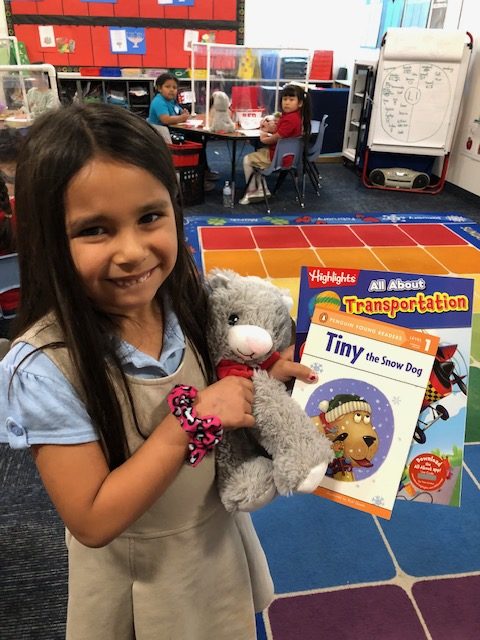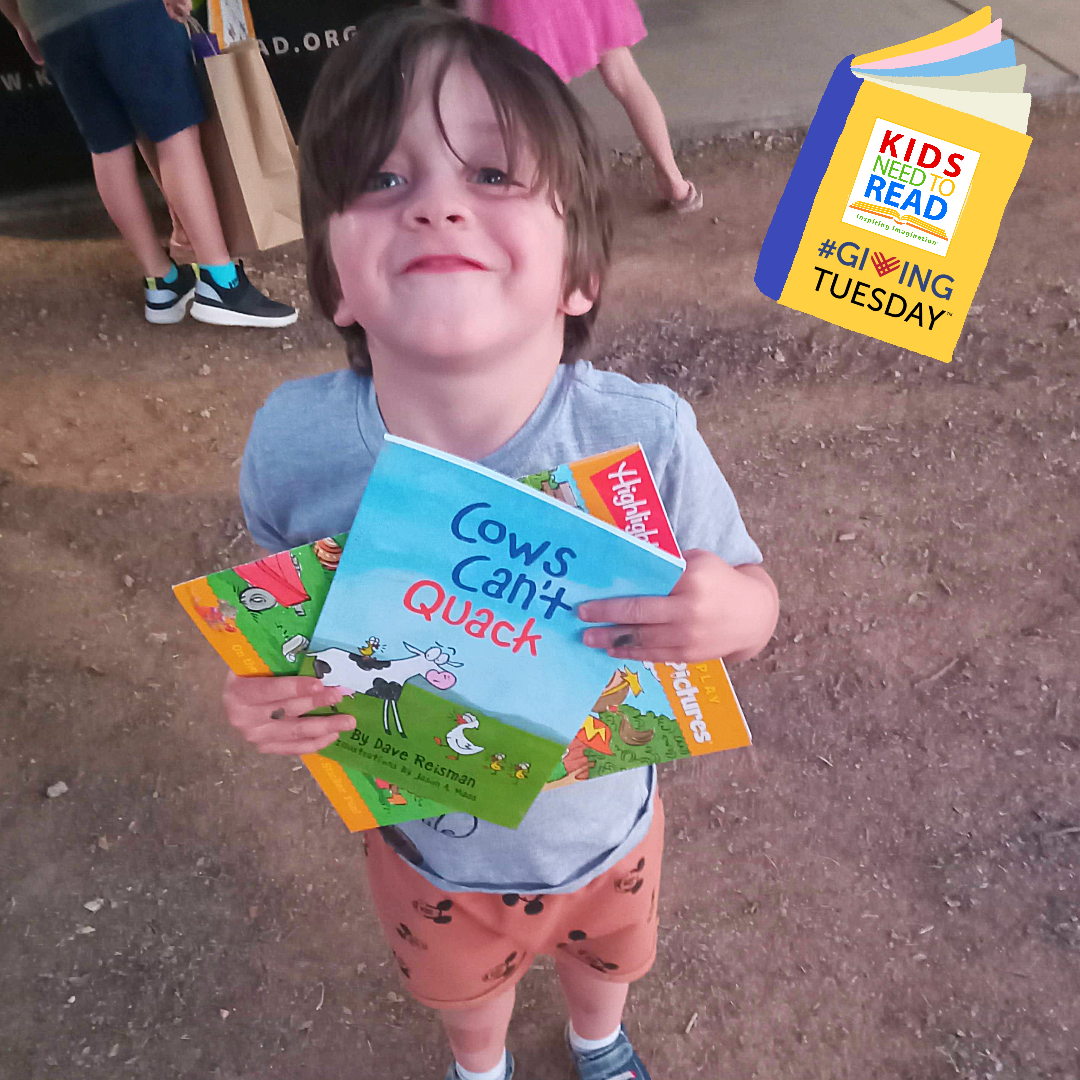By Denise Gary
The first year of READ Together ended with a “hi-ya,” as local kindergarten students participating in the literacy program were treated to a high-energy Ninja story time, before being sent off with a backpack filled with eleven books and a Highlights magazine to keep and read over the summer break.
Participating students at all twenty READ Together schools nationwide received the same summer reading packages of twelve books, in an effort to circumvent the summer slide that is so prevalent among children who have little access to books to read.
While we were immersed in expanding the program to include first grade students during the following school year, Kids Need to Read set about gathering statistics to create both an impact report and case study, in order to measure the effectiveness of the 2015–2016 program. READ Together features a multi-tiered approach of print resource availability and caregiver involvement, so it was important to not only study the classroom surveys but to obtain feedback from teachers who worked directly with the students’ caregivers. The results were highly encouraging!
The 2015–2016 READ Together program was conducted by Kids Need to Read in 69 kindergarten classrooms at ten Title I Arizona schools and ten Title I national schools throughout the 2015–2016 school year. The program provided 1,400 disadvantaged children with targeted resources for both at-home and on-campus reading, offering a hands-on approach to overcoming many of the systemic barriers to early academic success by increasing daily reading. The 2015–2016 READ Together Impact Report displays the results of literacy skill development based on classroom surveys, and illustrates how the program is engendering positive familial relationships and engaging caregiver support.
The 2015–2016 READ Together Case Study was conducted among a selection of educators at participating schools to determine the effectiveness of READ Together in all areas, but with a particular focus on increasing caregiver involvement. Reading at home is the single greatest predictor of high reading proficiency levels among children, so the program is built around this core principle. The case study provides evidence that the program is positively assisting educators in building a solid academic foundation among their students. Study participants encouraged Kids Need to Read to “stay the course” with READ Together, and staying the course we are!
You can contribute to the efforts of READ Together by donating to Kids Need to Read.
More: READ Together Information and Family Reading Tips
2016–2017 READ Together Contributors
Cardinals Charities
GreaterGood.org
Highlights for Children, Inc.
Kathy and Jerry Wood Foundation
Mesa United Way
NBAZ Charities

